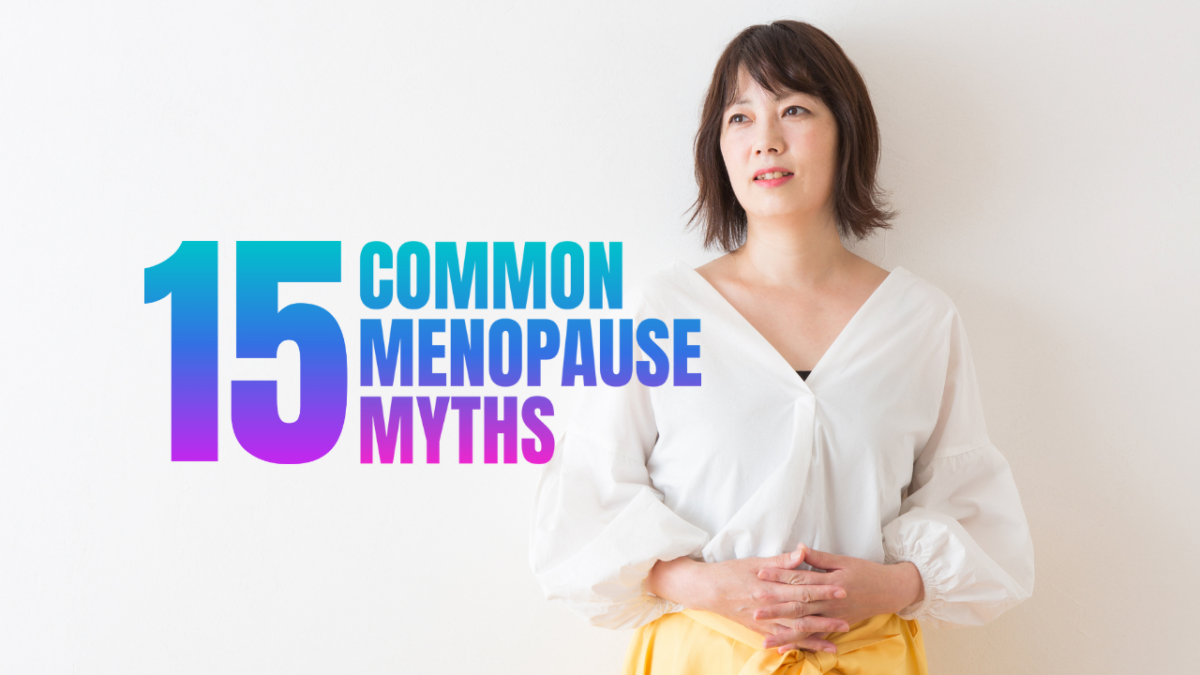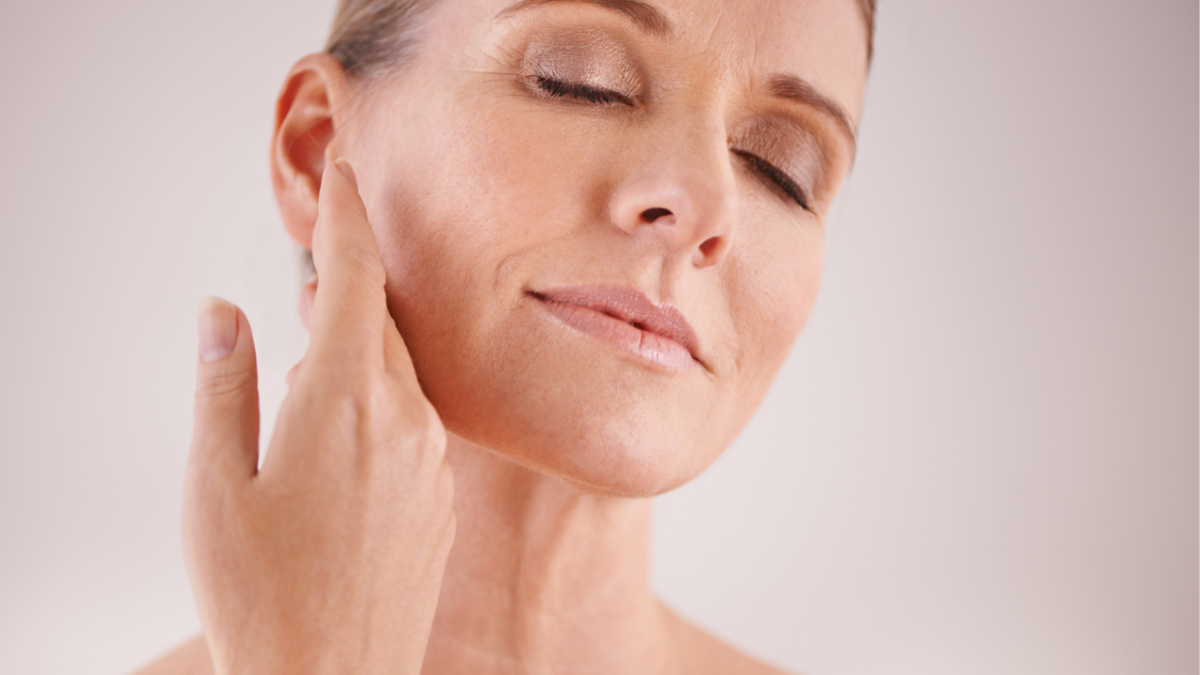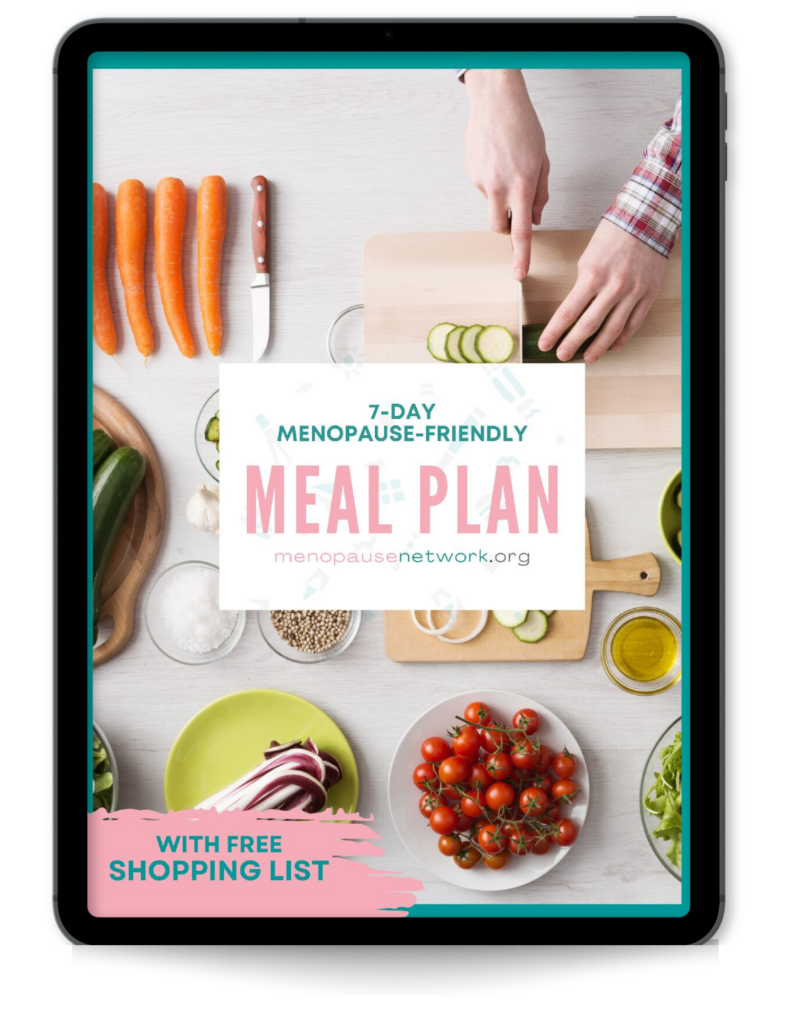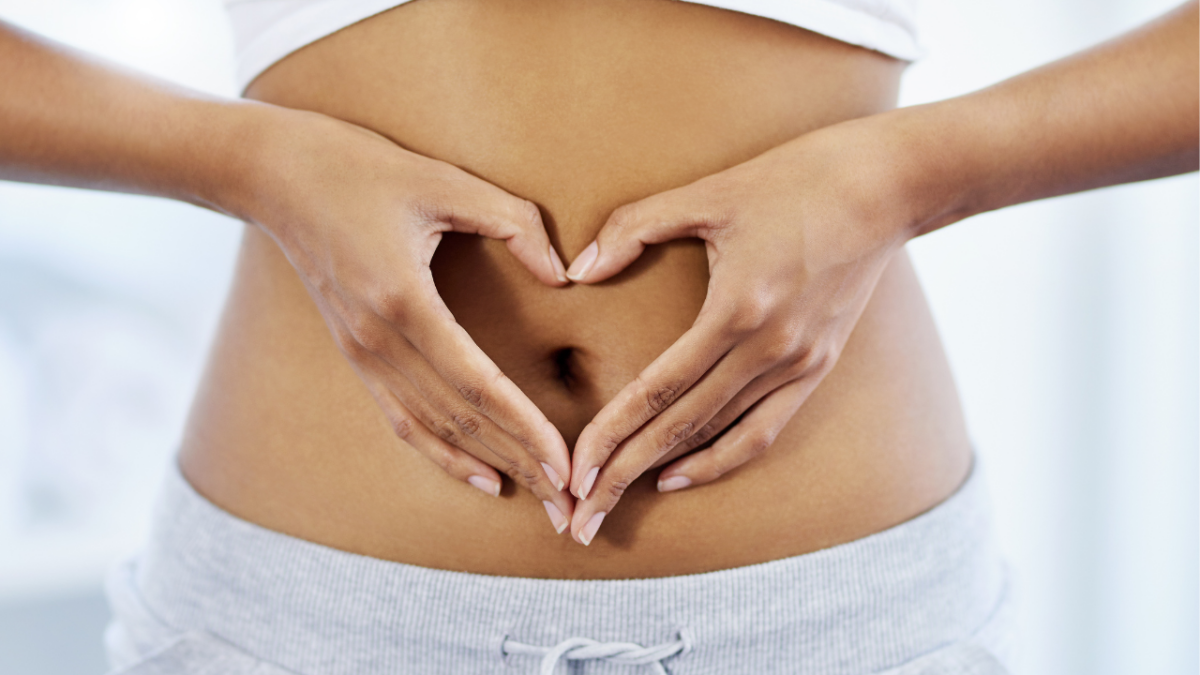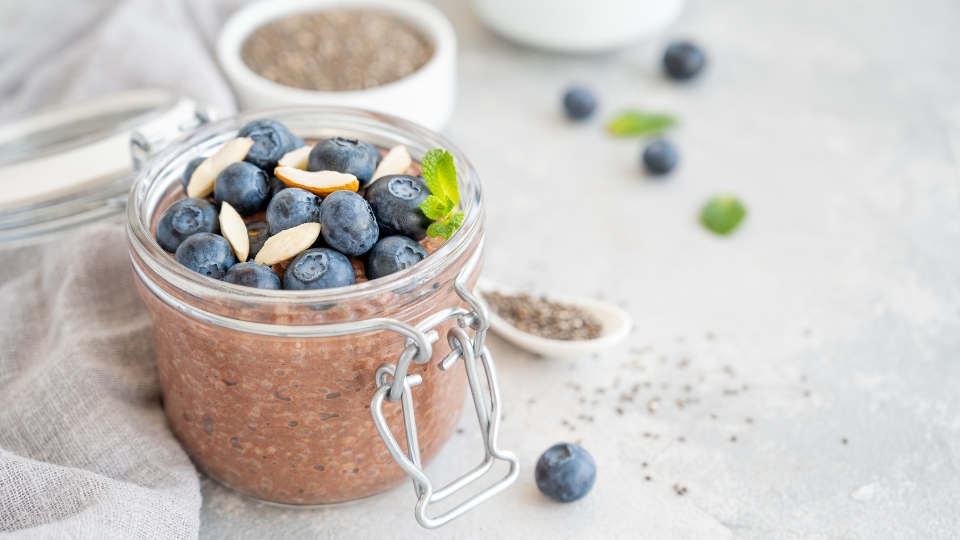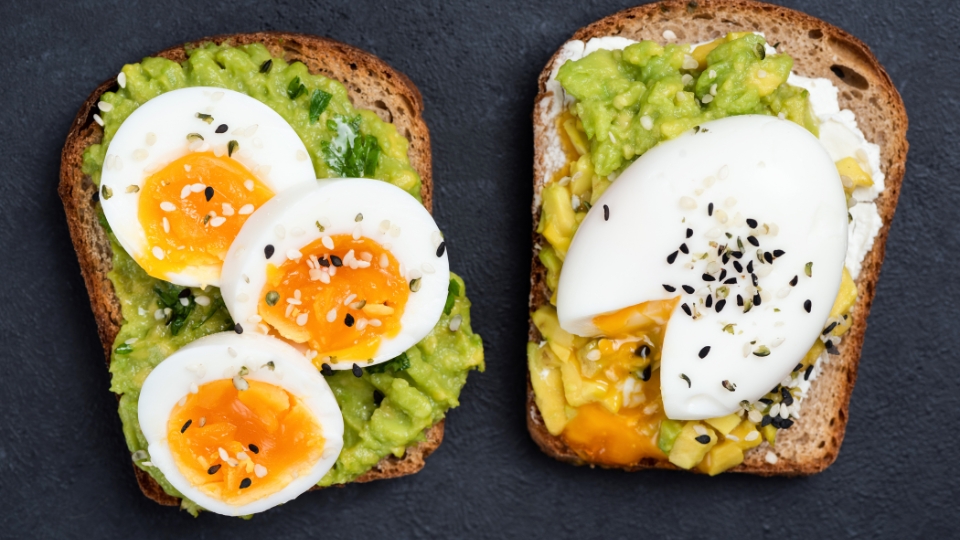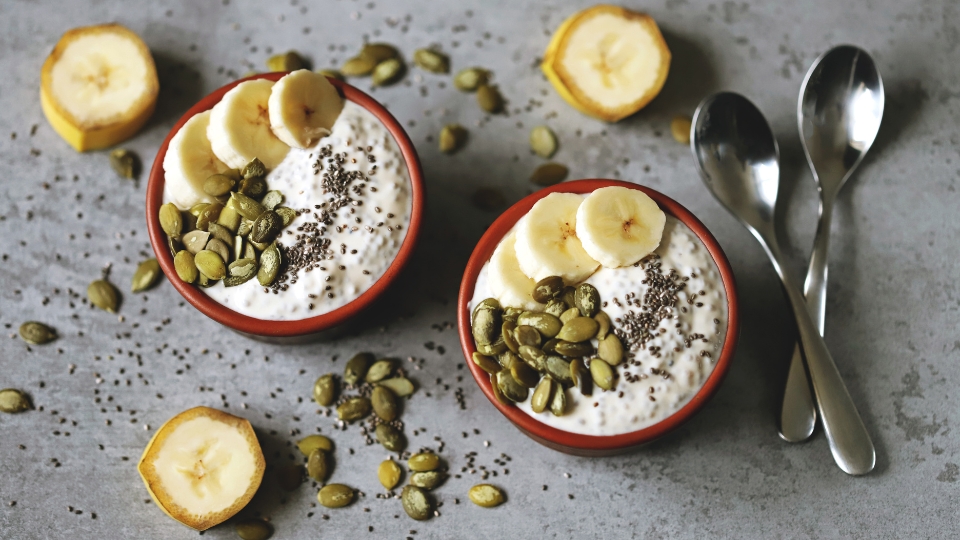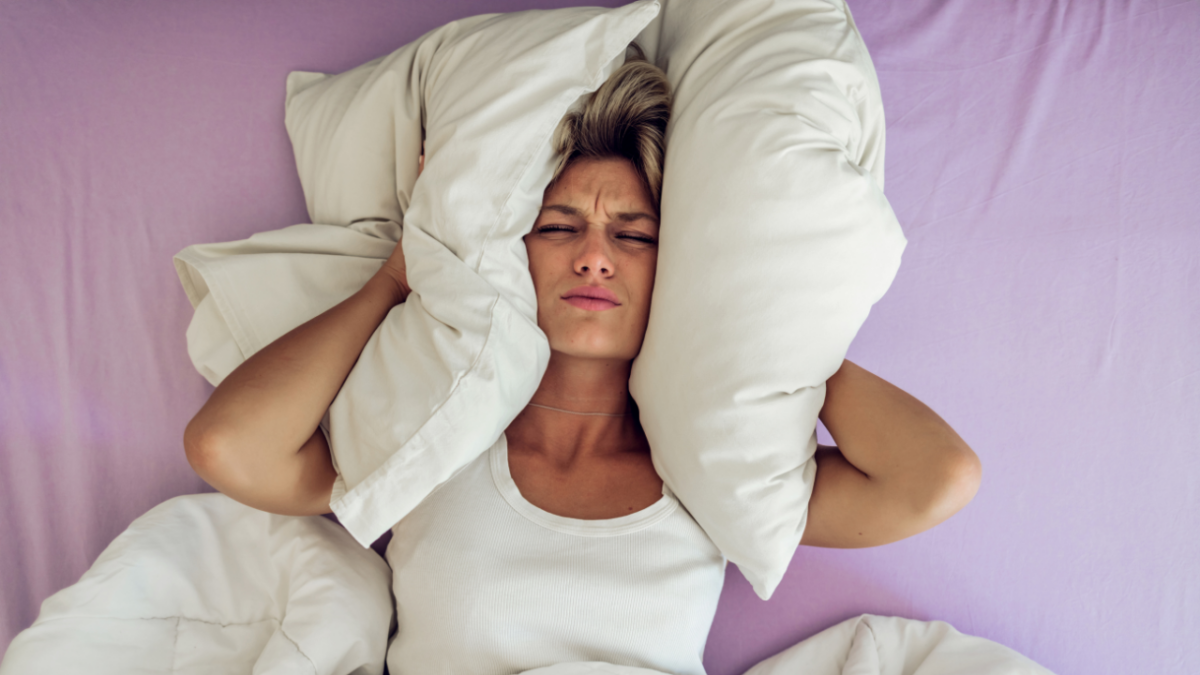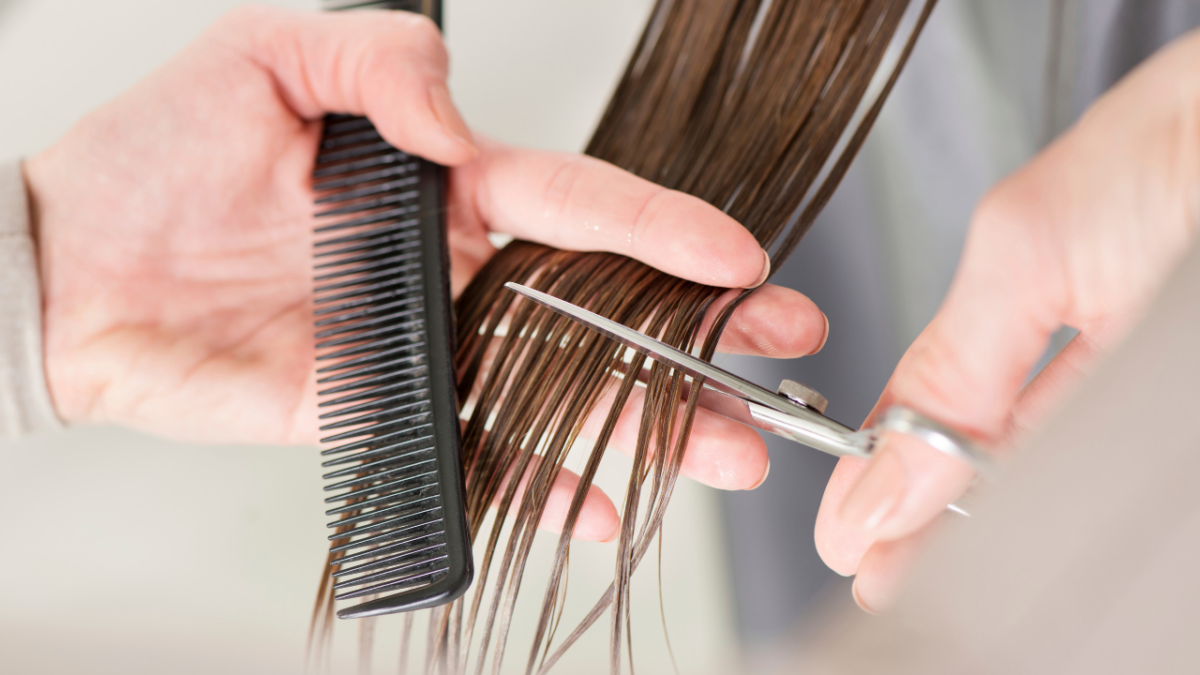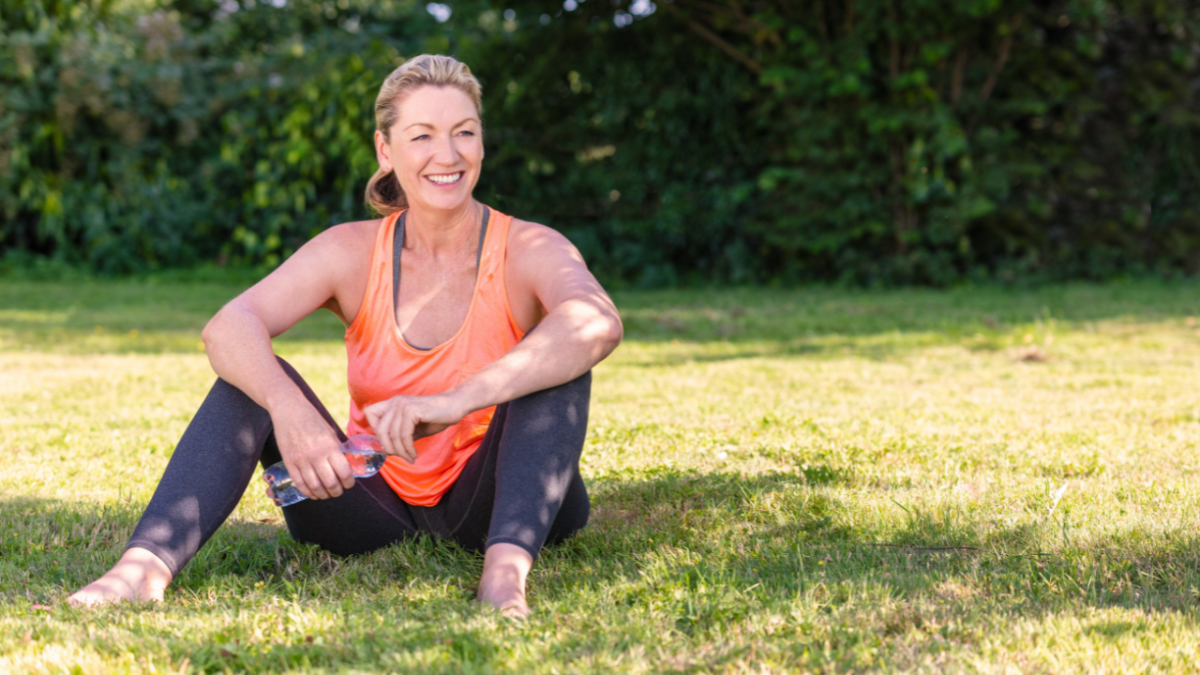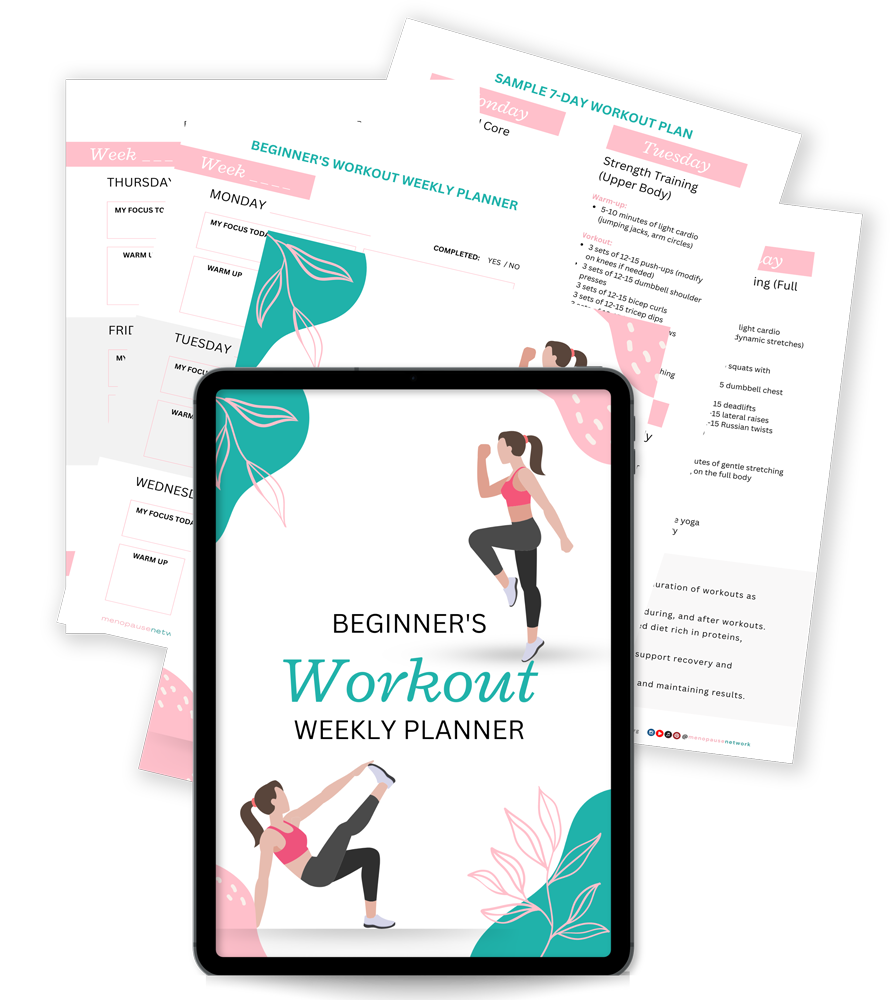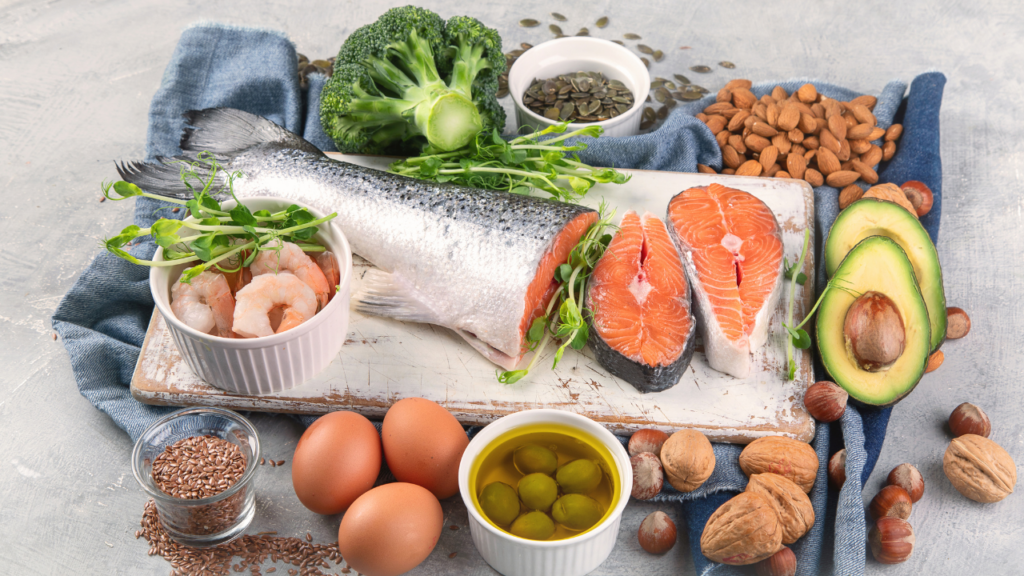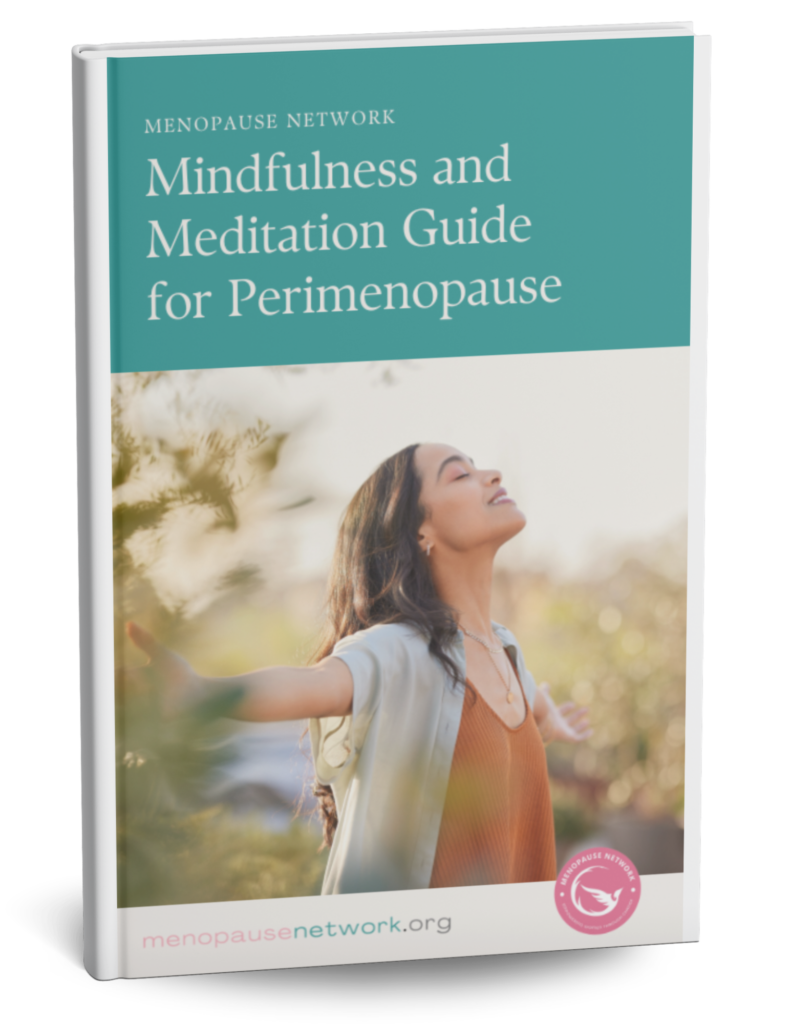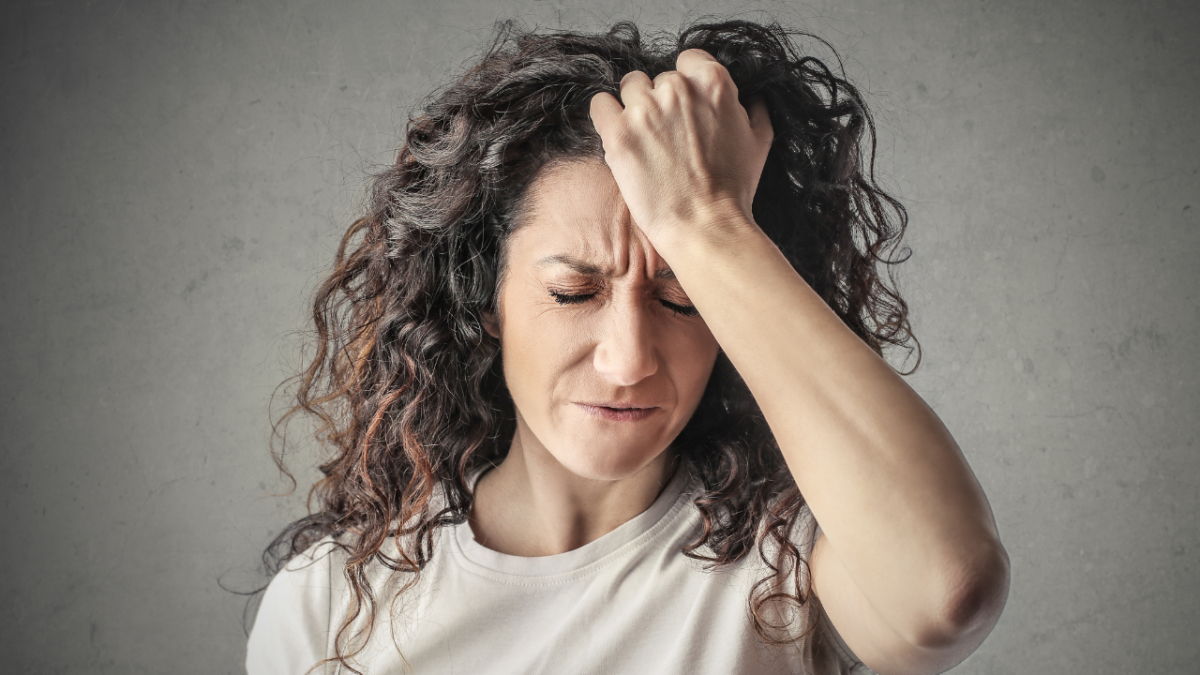15 Misconceptions About Menopause—Let’s Bust Those Myths!
Menopause. It’s a word that can make some women break out in a cold sweat—and not just from hot flashes! It’s a natural part of aging, but there’s still a lot of misinformation swirling around about it. Many women dread it based on myths they’ve heard from friends, family, or even pop culture. So let’s bust some of these menopause myths and get the facts straight.
1. Myth: Menopause Happens Overnight
One of the biggest misconceptions is that menopause hits you like a lightning bolt—one day you’re fine, the next you’re in full-blown menopause. In reality, it’s more of a transition than an event. Perimenopause, the lead-up to menopause, can last years. During this time, estrogen levels fluctuate, and you may experience symptoms like irregular periods, hot flashes, and mood swings. Menopause is officially diagnosed after you’ve gone 12 months without a period, but the changes leading up to it are gradual. It’s not a switch you flip overnight!
2. Myth: Hot Flashes Are the Only Symptom
When people think of menopause, they often imagine a woman fanning herself in the middle of a hot flash. Yes, hot flashes are common, but they’re far from the only symptom. Women going through menopause might also deal with sleep disturbances, mood changes, vaginal dryness, weight gain, and even memory issues. The physical and emotional shifts are vast, and no two women experience menopause in the same way. So, if your body feels like it’s playing tricks on you, it’s not “just hot flashes”—it’s the full menopause experience.
3. Myth: Menopause Only Affects Older Women
While the average age for menopause is around 51, this myth suggests that only women in their 50s and beyond need to think about it. However, perimenopause can begin as early as your 30s or 40s, and some women may even experience early menopause due to genetics, certain health conditions, or medical treatments like chemotherapy. Don’t dismiss the possibility just because you feel “too young.” The transition can sneak up sooner than expected!
4. Myth: Weight Gain is Inevitable
It’s true that many women notice changes in their weight during menopause, but it’s not set in stone. As estrogen levels drop, metabolism can slow, which can lead to weight gain, especially around the midsection. But this isn’t an excuse to throw in the towel! Staying active, eating a balanced diet, and focusing on strength training can all help keep extra pounds at bay. You might have to work a little harder, but weight gain doesn’t have to be inevitable.
5. Myth: Menopause Marks the End of Your Sex Life
This is one of the most damaging menopause myths out there. Yes, menopause can cause changes in sexual health, like vaginal dryness or a decrease in libido, but that doesn’t mean your sex life has to stop! There are plenty of treatments—like lubricants, vaginal estrogen, or hormone replacement therapy (HRT)—to help manage these symptoms. Many women even report feeling a renewed sense of freedom and confidence in their post-menopausal sex life. So, if you’re concerned about intimacy, know that menopause is not the end—just the beginning of a new chapter.
6. Myth: Hormone Replacement Therapy (HRT) is Dangerous for Everyone
Hormone Replacement Therapy (HRT) has gotten a bad reputation over the years, mainly due to some outdated studies that linked it to increased risks of breast cancer, heart disease, and stroke. However, more recent research shows that for many women, HRT can be a safe and effective treatment for severe menopause symptoms like hot flashes, night sweats, and bone loss. It’s not a one-size-fits-all treatment, but under the guidance of a healthcare provider, HRT can offer significant relief. So if you’re suffering from symptoms, don’t automatically write it off—talk to your doctor and weigh the risks and benefits for your situation.
7. Myth: You Can’t Get Pregnant After Menopause
While it’s true that after menopause (defined as 12 months without a period), your chances of getting pregnant naturally are incredibly slim, this myth tends to ignore the perimenopause phase. During perimenopause, your hormone levels are fluctuating, but ovulation can still occur sporadically. This means pregnancy is still possible until menopause is officially confirmed. If you’re not ready for pregnancy, it’s still important to use contraception during perimenopause—don’t assume you’re “safe” just because your periods are irregular!
8. Myth: Menopause Means the End of Youth
This one really hits a nerve, doesn’t it? There’s a cultural narrative that equates menopause with the end of youth, vitality, and even relevance. But menopause doesn’t define you or mark the end of your best years. In fact, many women find that once they’ve moved past the challenges of menopause, they feel more liberated, empowered, and energized than ever before. With no more periods to worry about and often a renewed focus on self-care, this chapter can actually be a vibrant time of rediscovery. Aging is natural, and menopause is just one part of the journey—not a sign that life is slowing down.
9. Myth: Menopause Causes Major Memory Loss
Forgetfulness or “brain fog” can be common during perimenopause and menopause, and some women worry it’s a sign of more serious cognitive decline. But here’s the truth: while the hormonal fluctuations of menopause can lead to temporary memory lapses, this doesn’t mean you’re heading toward dementia. In most cases, these symptoms are transient and improve over time. Stress, sleep disturbances, and anxiety, which can also accompany menopause, might contribute to forgetfulness as well. Focus on stress management, good sleep hygiene, and mental stimulation to keep your mind sharp.
10. Myth: All Women Have the Same Menopause Experience
One of the most frustrating myths is the assumption that menopause looks the same for every woman. The truth? Menopause is a deeply individual experience. While some women may breeze through it with hardly any symptoms, others might feel like their whole world has turned upside down. There’s no “normal” when it comes to menopause, and comparing your experience to someone else’s can be frustrating and unhelpful. What’s important is to listen to your body, seek help when you need it, and treat yourself with compassion through this transition.
11. Myth: Menopause Symptoms Only Last a Few Months
A lot of people think menopause is a quick phase—something that’s over in a few months, maybe a year at most. But in reality, menopause symptoms can last much longer. Perimenopause, the transitional phase before full menopause, can last anywhere from a few months to several years. And for some women, symptoms like hot flashes and night sweats may persist for years after menopause. Everyone’s experience is different, but it’s not uncommon for symptoms to stick around longer than expected.
12. Myth: Menopause Makes You Depressed
It’s true that hormonal fluctuations during menopause can lead to mood swings, irritability, and even anxiety or depression in some women. But menopause itself does not cause depression. Mental health during menopause can be influenced by many factors—lack of sleep, stress, body image changes, and life transitions like children leaving home or career shifts. However, if you’re feeling persistently down, it’s important to seek help. Depression during menopause can be treated, and hormone therapy or lifestyle changes may help stabilize your mood.
13. Myth: Menopause Kills Your Energy Levels
Many women dread menopause because they believe it means they’ll lose all their energy and vitality. While fatigue can be a symptom, especially if you’re experiencing sleep disturbances or night sweats, menopause isn’t a sentence to a life of exhaustion. In fact, many women report feeling more energized once they’ve settled into post-menopausal life, often because they’re no longer dealing with monthly periods or hormonal swings. Regular exercise, good nutrition, and adequate sleep can help keep your energy levels up through the transition.
14. Myth: You Should Avoid Exercising During Menopause
Some women think that menopause is a time to slow down, and while it’s true that your body might feel different, exercise is actually one of the best things you can do during menopause! Regular physical activity can help manage weight, reduce the severity of hot flashes, improve mood, and even strengthen your bones, which become more prone to weakening after menopause. Strength training, in particular, is important to help counteract muscle loss that often comes with aging and fluctuating hormones.
15. Myth: Menopause Only Affects Your Reproductive System
Many women assume that menopause is just about changes in periods and fertility, but the truth is, it can affect much more than just your reproductive system. The decrease in estrogen levels can impact your bones (increasing the risk of osteoporosis), your heart health, and even your skin, hair, and nails. It’s important to pay attention to your overall health during and after menopause, not just your reproductive health. Regular checkups, bone density screenings, and heart health monitoring are key to staying healthy long after menopause.
These myths only add to the confusion and fear surrounding menopause, but the truth is, this is just another natural life stage. By arming yourself with the right information and staying proactive about your health, you can navigate menopause with more confidence and control. Whether it’s staying active, seeking support, or busting outdated ideas, menopause doesn’t have to slow you down—it’s a new beginning!

